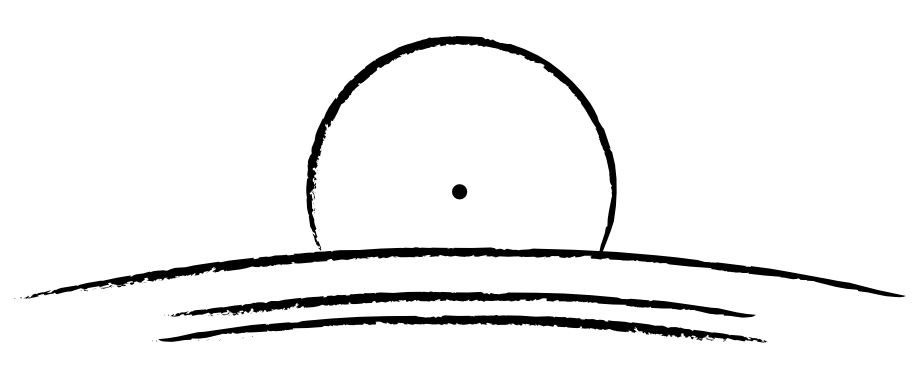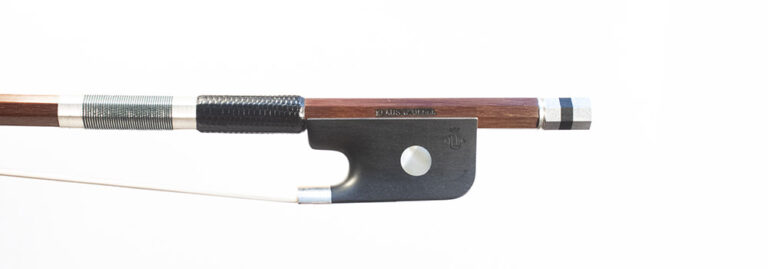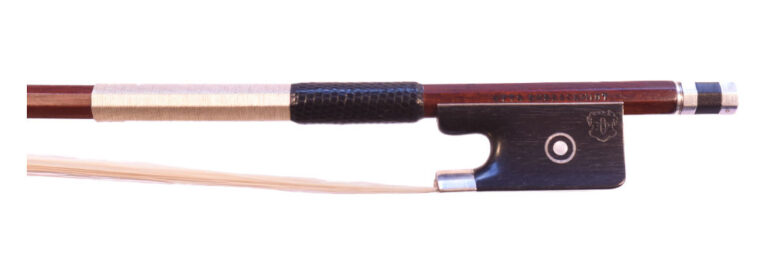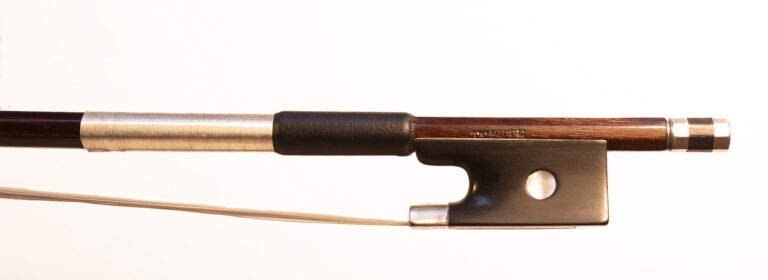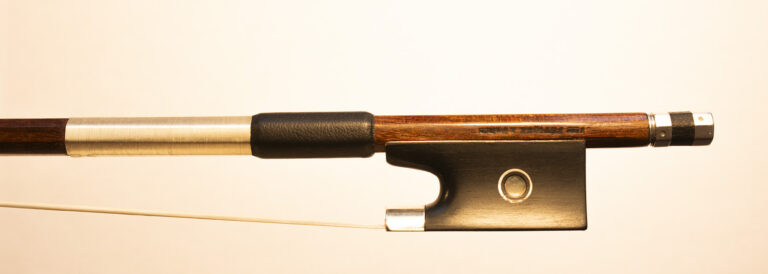Bows
Many musicians, particularly non-professional players, can feel somewhat disoriented when they want to buy a new bow. Once you are well-informed, it is easier to make a choice. The bow affects the sound of the instrument because it strokes the string as it vibrates.
The instrument actually sounds different with each bow. Does your instrument sound stronger, brighter, or darker with another bow?
We always have an extended stock of bows ready to sell in our shop.
An important criterion …
is not just the bow’s overall weight, but primarily the balance of weight distribution between the frog and the head.
So a bow that is heavier towards the head will feel heavy, while a bow that is heavier towards the frog will feel lighter – even if the weight of both bows is exactly the same. So it depends on what you are used to or what you are comfortable with.
The bow should rest smoothly on the string with a straight stroke and not “flutter”. Test how it responds in spiccato. The position at which spiccato is possible is located differently on each bow.
For the stick of the bow …
different materials are used: pernambuco, brazilwood, snakewood, or even carbon fiber. The metal parts are made of gold, silver, or nickel silver, depending on design and quality.
Normally a bow maker will provide the best and most beautiful bow stick with a gold mount. However, don’t be dazzled by the gold – very simple gold bows with low gold content and simple wood are also on the market. Trust the playing characteristics instead, and seek honest advice.
The bow frog is usually …
made of ebony with mother-of-pearl inlays. On historical bows, you can also find bow frogs made of ivory or tortoiseshell. Those two materials are not allowed to be traded today, and traveling beyond EU frontiers with such a bow is almost impossible. So if you are a frequently traveling musician, such a purchase would be impractical. Casein is one of the materials used for the white headstock today. In the past, ivory was traditionally used, but ivory trade is now prohibited in order to protect animals and prevent poaching.
If the bow can be proven to have been made before 1947, trade is allowed and travel is possible under complicated conditions. At any rate, since the head plate is a part that is subject to wear and tear, it can be easily replaced.
Take your time when buying a bow.
Try them out in the workshop and perhaps also at home in your familiar music-making environment. Pay particular attention to the timbre, the material, and the playing characteristics.
We will be happy to make an appointment with you so that you can convince yourself of the sound of the instruments and bows in our workshop.
Tel.: 0049 3643 45 74 377 | Contact
